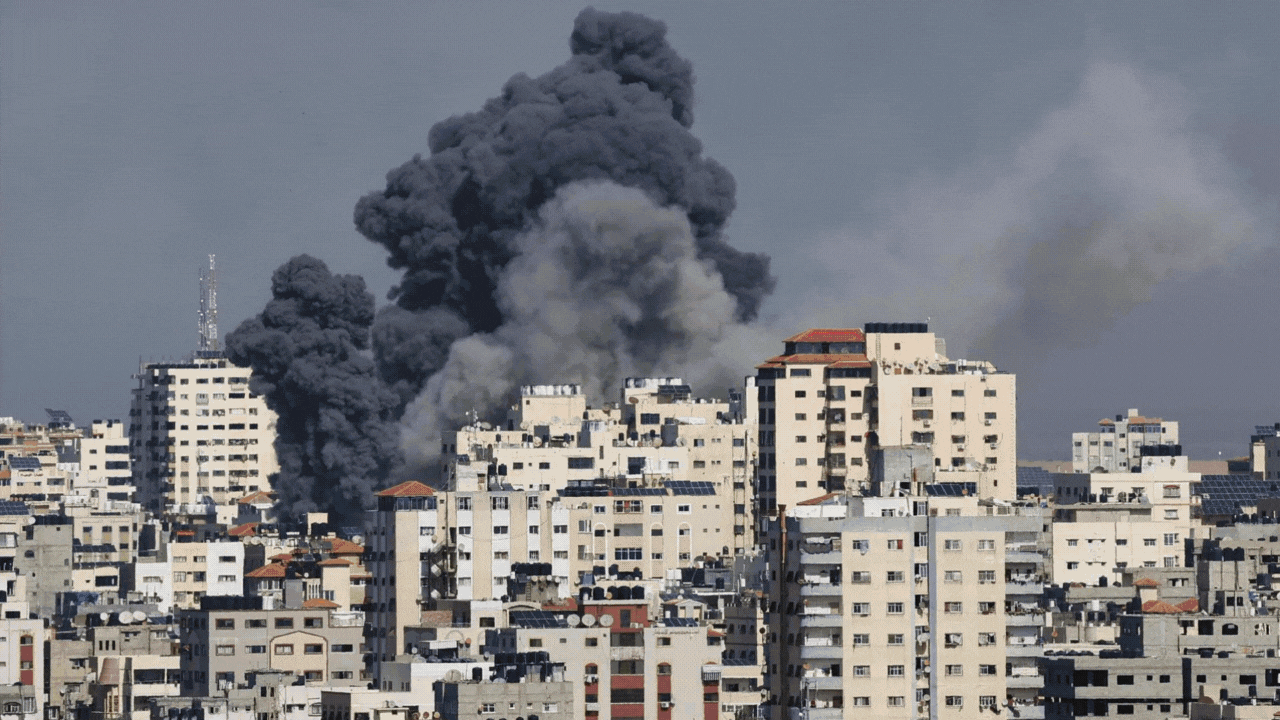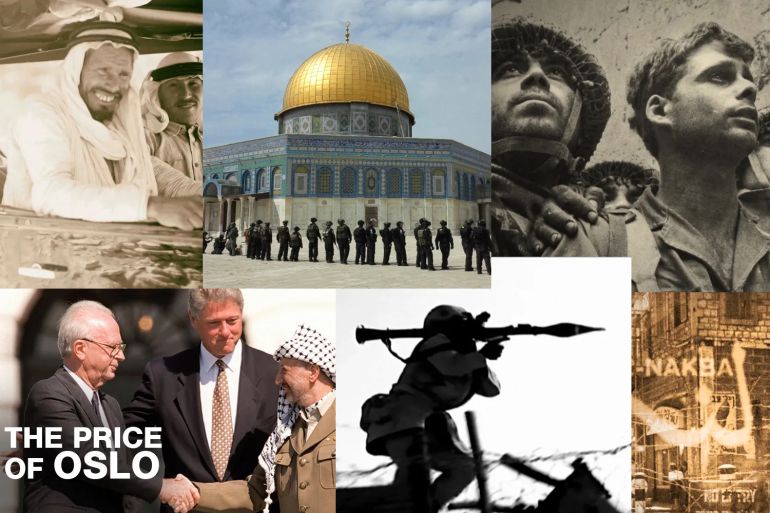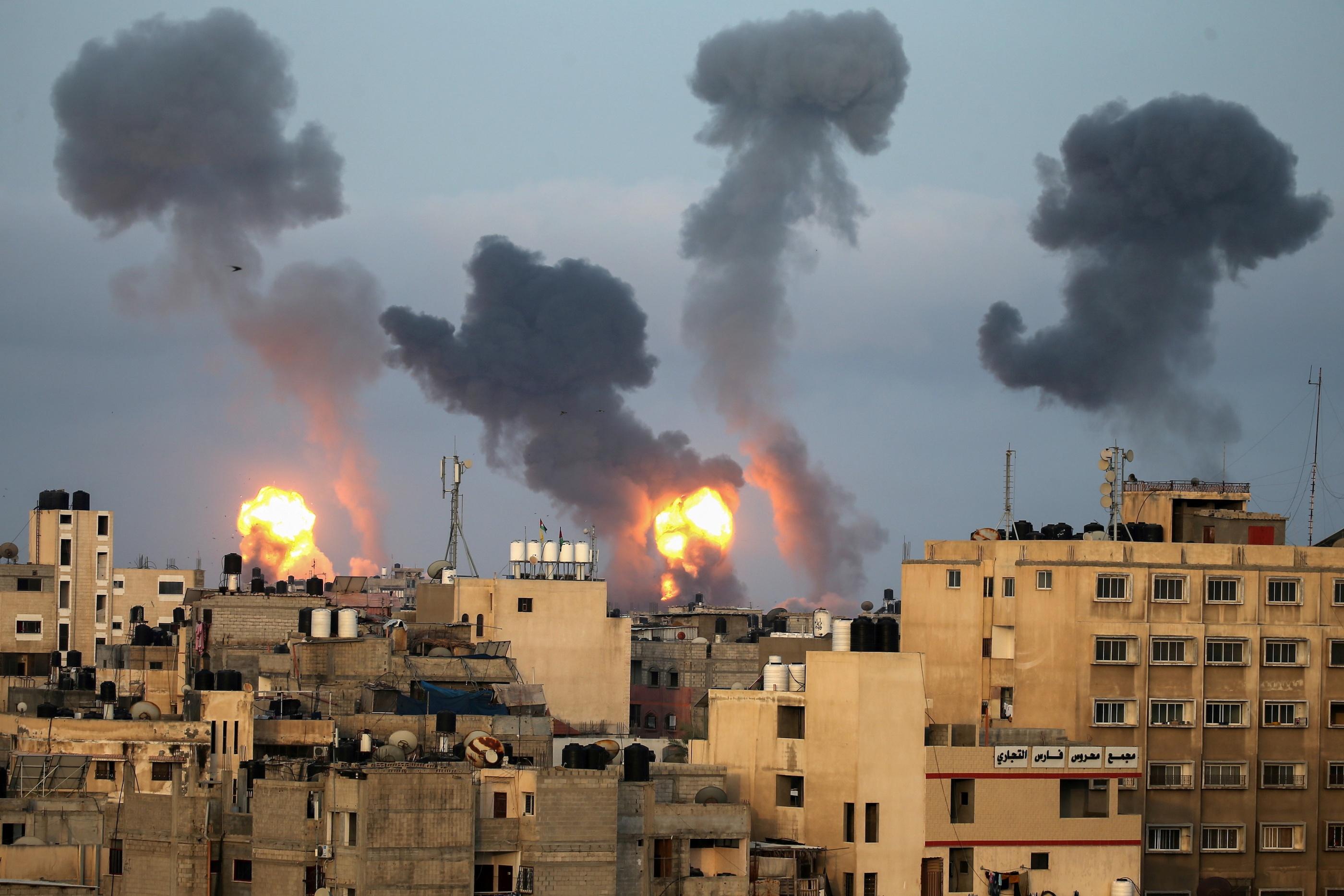A Century of Conflict: Unraveling the Complex Layers of the Israel-Palestine Struggle

Historical Background
 The origins of the Israel-Palestine conflict can be traced back to the late 19th and early 20th centuries, during the time of the Ottoman Empire. The rise of nationalism among both Jews and Arabs set the stage for conflict. Jewish nationalism, or Zionism, sought to establish a Jewish homeland in Palestine, a land historically significant to Jews but also home to a significant Arab population.
The origins of the Israel-Palestine conflict can be traced back to the late 19th and early 20th centuries, during the time of the Ottoman Empire. The rise of nationalism among both Jews and Arabs set the stage for conflict. Jewish nationalism, or Zionism, sought to establish a Jewish homeland in Palestine, a land historically significant to Jews but also home to a significant Arab population.
The collapse of the Ottoman Empire after World War I led to the British Mandate for Palestine, a period marked by increasing Jewish immigration and land purchases. Tensions between Jewish and Arab communities grew, resulting in violent clashes. The British, struggling to manage the conflicting aspirations, proposed various partition plans, all of which were rejected by one side or the other.
The Creation of Israel and the 1948 War
The end of World War II and the horrors of the Holocaust intensified international support for a Jewish state. In 1947, the United Nations proposed a partition plan to create separate Jewish and Arab states, with Jerusalem under international administration. The Jewish community accepted the plan, but the Arab states and Palestinian Arabs rejected it.
On May 14, 1948, Israel declared independence, leading to the first Arab-Israeli war. Neighboring Arab countries invaded the newly declared state, but Israel emerged victorious, expanding its territory beyond the UN plan. The war resulted in significant displacement, with hundreds of thousands of Palestinians becoming refugees—a central issue that remains unresolved.
The 1967 Six-Day War and its Aftermath
The 1967 Six-Day War was a pivotal moment in the conflict. Israel preemptively struck Egypt, Jordan, and Syria, capturing the West Bank, Gaza Strip, Sinai Peninsula, and Golan Heights. This war significantly altered the geopolitical landscape and intensified the conflict. The Israeli occupation of the West Bank and Gaza brought millions of Palestinians under Israeli control, leading to ongoing disputes over land, rights, and sovereignty.
The UN Security Council Resolution 242 called for the withdrawal of Israeli forces from occupied territories and the recognition of every state in the area's right to live in peace. However, the interpretation and implementation of this resolution have been contentious, with both sides holding different views on its implications.
The Oslo Accords and the Peace Process
The late 20th century saw attempts at peace, most notably the Oslo Accords of 1993. These agreements, facilitated by the United States, aimed to establish a framework for resolving the conflict through the creation of a Palestinian interim self-government and the gradual withdrawal of Israeli forces from parts of the West Bank and Gaza. The accords led to mutual recognition between the Palestine Liberation Organization (PLO) and Israel and the establishment of the Palestinian Authority (PA).
However, the peace process faced significant obstacles, including continued Israeli settlement expansion, Palestinian militant attacks, and political divisions within both Israeli and Palestinian societies. The assassination of Israeli Prime Minister Yitzhak Rabin in 1995 by a right-wing Israeli extremist dealt a severe blow to the peace process.
The Second Intifada and its Consequences
The collapse of the Camp David Summit in 2000, where a comprehensive peace agreement failed to materialize, led to the outbreak of the Second Intifada. This period of intense violence lasted until 2005, marked by suicide bombings, Israeli military operations, and significant casualties on both sides. The Second Intifada deepened mistrust and hardened attitudes, making a return to negotiations more difficult.
In response to the violence, Israel began constructing a barrier separating much of the West Bank from Israel proper, citing security concerns. Palestinians viewed the barrier as a land grab, as it deviated significantly from the 1967 borders and cut through Palestinian communities and agricultural land.
The Gaza Strip and the Rise of Hamas
In 2005, Israel unilaterally withdrew its settlements and military presence from the Gaza Strip, hoping to reduce friction and foster peace. However, the situation in Gaza deteriorated. In 2006, Hamas, an Islamist militant group, won the Palestinian legislative elections, leading to a power struggle with the Fatah-led Palestinian Authority. This culminated in Hamas seizing control of Gaza in 2007, creating a political and geographical split between the West Bank and Gaza.
Since then, Gaza has been a flashpoint of conflict. Israel and Egypt imposed blockades on Gaza, citing security concerns over Hamas' military activities, including rocket attacks on Israeli towns. The blockades have severely restricted the movement of people and goods, leading to a humanitarian crisis in Gaza.
Recent Developments and the Current Situation
 The Israel-Palestine conflict remains unresolved, with periodic escalations of violence. In recent years, several key events have shaped the conflict:
The Israel-Palestine conflict remains unresolved, with periodic escalations of violence. In recent years, several key events have shaped the conflict:
2014 Gaza War: A seven-week conflict that resulted in significant casualties and destruction in Gaza, with international calls for a lasting ceasefire.
U.S. Policy Shifts: The Trump administration's recognition of Jerusalem as Israel's capital in 2017 and the subsequent relocation of the U.S. embassy were significant, as Jerusalem is a contested city claimed by both Israelis and Palestinians. This move was condemned by the Palestinians and much of the international community.
Abraham Accords: In 2020, several Arab states, including the UAE and Bahrain, normalized relations with Israel, marking a shift in regional dynamics. While these agreements were hailed as breakthroughs for regional peace, they did not address the core issues of the Israel-Palestine conflict.
Violence in 2021: In May 2021, tensions in Jerusalem, particularly around the Al-Aqsa Mosque and Sheikh Jarrah neighborhood, sparked an 11-day conflict between Hamas and Israel. The violence led to significant casualties and highlighted the persistent volatility of the situation.
Ongoing Settlement Expansion: Israeli settlement expansion in the West Bank continues to be a major point of contention. Settlements are viewed by the international community as illegal under international law, although Israel disputes this. The expansion complicates the prospects for a two-state solution, as it fragments potential Palestinian territories.
International Perspectives and Efforts
The international community remains divided on the Israel-Palestine conflict. Various actors, including the United Nations, European Union, United States, and regional powers, have attempted to mediate and propose solutions. Key international principles include the two-state solution, based on pre-1967 borders with mutually agreed land swaps, and ensuring the rights and security of both Israelis and Palestinians.
Despite these efforts, achieving a lasting resolution has proven elusive. The complex interplay of historical grievances, political realities, and social dynamics makes the conflict deeply challenging to resolve.
Humanitarian Impact
 The humanitarian impact of the Israel-Palestine conflict is profound. Millions of Palestinians live under occupation or as refugees, facing restrictions on movement, access to resources, and economic opportunities. The blockade on Gaza has led to severe shortages of basic necessities, while the West Bank experiences frequent military operations and settlement-related violence.
The humanitarian impact of the Israel-Palestine conflict is profound. Millions of Palestinians live under occupation or as refugees, facing restrictions on movement, access to resources, and economic opportunities. The blockade on Gaza has led to severe shortages of basic necessities, while the West Bank experiences frequent military operations and settlement-related violence.
Human rights organizations have documented violations on both sides. Palestinian militants have targeted Israeli civilians with rockets and attacks, while Israeli military actions have resulted in civilian casualties and destruction of infrastructure. The ongoing conflict has fostered a cycle of violence and retribution, deeply affecting the lives of ordinary people.
Pathways to Peace
Despite the bleak outlook, there are potential pathways to peace. Key elements include:
Renewed Negotiations: Direct negotiations between Israeli and Palestinian leaders, with active mediation by international actors, could pave the way for a negotiated settlement. Confidence-building measures, such as halting settlement expansion and addressing security concerns, are essential.
Grassroots Initiatives: Civil society organizations on both sides are working towards peace and reconciliation. These efforts, though often overshadowed by political and military developments, play a crucial role in fostering dialogue and understanding.
Economic Development: Improving economic conditions for Palestinians could reduce tensions and create a more conducive environment for peace. Investment in infrastructure, education, and job creation is vital.
International Support: Continued international pressure and support for a just resolution, based on international law and human rights, are critical. The role of the United Nations, regional organizations, and influential countries remains significant.
Summary
The Israel-Palestine conflict is a deeply entrenched and multifaceted struggle with significant historical, political, and humanitarian dimensions. While recent developments have brought new challenges, they also underscore the urgent need for a comprehensive and just resolution. The path to peace requires sustained effort, mutual recognition, and a commitment to addressing the core issues that fuel the conflict. Only through such concerted efforts can the long-standing aspirations of both Israelis and Palestinians for peace, security, and self-determination be realized.
For more details, you can visit;
https://goachronicle.com/israel-palestine-conflict-a-struggle-for-self-determination-dr-joseph-k-thomas/
https://thecatalystnews.com/2023/11/02/striving-for-peace-unveiling-layers-of-the-israeli-palestinian-conflict/


















































